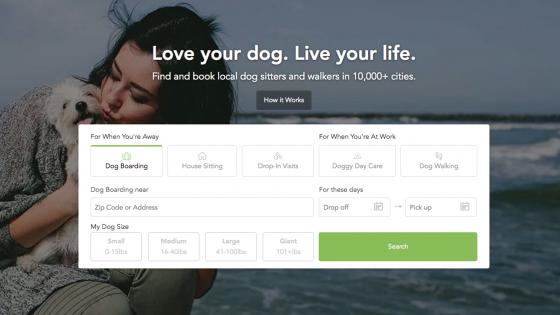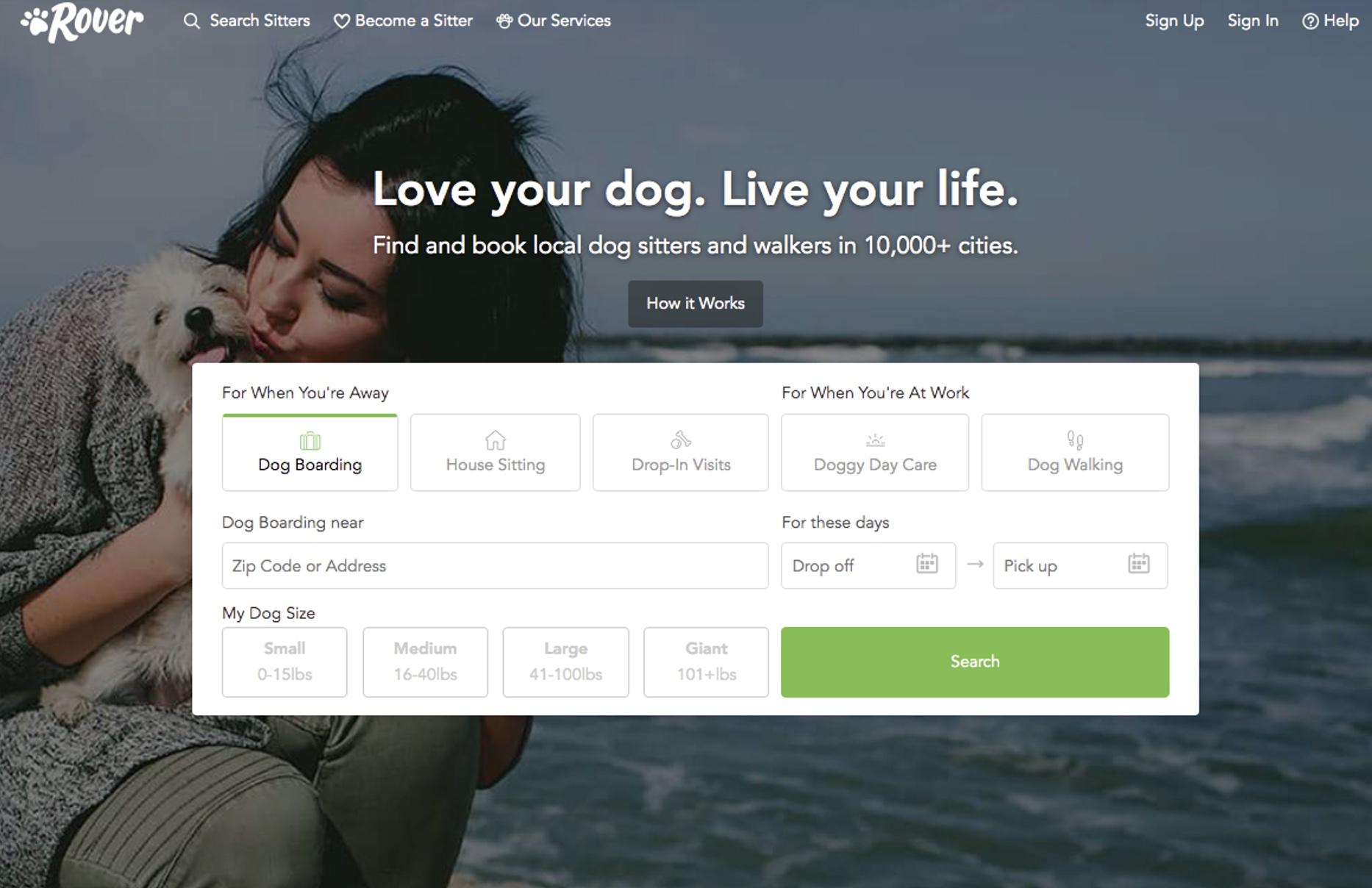The question of whether it is worth forgoing competition in the name of network effects is at the centre of the current regulatory debate over digital platform competition. One important subset of platforms is formed of two-sided markets, which facilitate exchanges between fragmented buyers and sellers. Network effects may arise in two-sided markets when users benefit from more choices as the platform grows larger. In situations where network effects are large, one dominant platform may create more value for users, relative to smaller competing platforms. But a dominant platform also has the power to harm users by raising prices and reducing investment in quality.
Platforms may also be differentiated, so that some users prefer the design or brand of one platform while others prefer another. In this case, one combined platform may be worse than several smaller ones because it reduces the choices available to customers. In light of these opposing forces, theoretical models have ambiguous implications for the optimal level of platform competition. As a result, we can only learn whether one platform is preferable to many by looking at the data. The answer to this question has fundamental implications for antitrust policy and the regulation of digital platforms.
Network effects are an integral part of the definition of platforms that enable interactions between different user groups. These groups include advertisers and consumers, hosts and travelers, or drivers and riders (Rochet and Tirole 2004). In ridesharing for example, an increase in the number of drivers benefits riders by decreasing wait times and prices. An increase in both drivers and riders, holding constant their respective shares, benefits all users by increasing geographic proximity between riders and drivers, reducing wait times for both.
But quantifying network effects is challenging. Early work includes Saloner and Shepard (1995), Goolsbee and Klenow (2002), and Tucker (2008). One would ideally run an experiment that randomly varies the number of platform participants. This experiment could then be used to measure how user outcomes change as the number of platform participants increases. In the absence of an experiment (or something approximating one), researchers have used structural models, which allow for the study network effects by predicting what would happen in the presence (or absence) of competition. Examples include Rysman (2004) and Bjorkegren (2020), who compare competition and monopoly in the markets for yellow pages and mobile phones respectively. Both find that competition, by reducing market power, is preferable to a monopoly.
In our recent paper (Farronato et al. 2020), we use a rare natural experiment to study network effects and the effects of combining digital marketplaces. This natural experiment arises from the merger of the two largest US two-sided markets for dog sitting. Founded in 2011 and 2012 respectively, A Place for Rover, Inc. (‘Rover’) and DogVacay helped dog owners find sitters for dog walks, ‘doggy daycare’, and, most popular of all, overnight boarding (where a dog would stay with a sitter while their owners were away). The two platforms were similar in the services exchanged, in their processes to intermediate those exchanges, and in their size. Further, the two platforms were the only major two-sided markets in this space (although non-digital options such as kennels and family members are still popular alternatives for dog sitting).
Figure 1 Rover’s landing page, March 2017
Prior to the merger, the two platforms were competing intensely. But within three months of the merger, DogVacay was shut down and its users were offered the opportunity to migrate to Rover. This sudden change in the number of available platforms allows us to study the trade-offs inherent in platform competition. The local nature of the services exchanged allows us to separate platform activity into many separate geographic markets, or cities. In some markets the merger meant that twice as many buyers and sellers were now able to interact with one another (because the two platforms split the market pre-merger and few users used both platforms). In other cities, the acquiring platform was already dominant, so the merger did not lead to sizeable changes in the number of users who could interact with one another. We use variation in pre-merger market shares to evaluate the extent of network effects at the platform level, and to explore whether the benefits of network effects more than offset the reduction in competition at the market level. We do so by comparing platform outcomes in markets where Rover was dominant prior to the merger (control group) with markets where Rover had smaller market shares. We make sure that markets with different market shares are comparable by matching their growth trends. We are able to execute this research design because we have proprietary data from both platforms for the two years around the merger, which allows us to measure the behaviour of platform users in detail.
Key findings
Our key finding is that users are, on average, not better off with a single dominant platform compared to two competitors. This net effect is the result of two counterbalancing forces: network effects and platform differentiation.
Not surprisingly, Rover experienced a stronger growth in markets where DogVacay had larger market shares pre-merger. In these areas more users migrated to the acquiring platform. What is more interesting is that Rover’s users – both dog owners and sitters – were retained at higher levels and exchanged more services in markets where DogVacay was relatively bigger. This is likely due to an increase in options available from the influx of DogVacay users and is evidence of network effects.
Figure 2 Transactions by Rover buyers
Note: Results are split by the pre-merger market share of Rover
The benefits to Rover users, however, do not translate into benefits for the market as a whole. This is because the merger led to increased attrition of DogVacay owners and sitters (and a corresponding reduction in the number of their transactions), especially in markets where DogVacay was large before the merger. Some evidence suggests that the increased attrition may come from the fact that users value repeat transactions and were unable to find their previous partners on the new platform.
Figure 3 Transactions by DogVacay buyers
Note: Results are split by the pre-merger market share of Rover
Surprisingly, pricing power is not important in our setting. In fact, platform fees did not increase after the merger, both in nominal terms and net of promotions or discounts. As a result, the increase in market power did not translate into price increases, at least in the first year since the merger.
What does this mean for the market as a whole? We find that the average user is indifferent, at least in the short term, to having two competitors or a single dominant platform. Their propensity to use the platforms, their match rates, and the perceived quality of their matches does not vary with pre-merger market shares. We find that this is true regardless of the size of market, even though one may think that markets that are already large in absolute terms should not be affected, and that the network benefits of the merger should be concentrated in smaller markets.
Figure 4 Market level (Rover + DogVacay) transactions
Note: Results are split by the pre-merger market share of Rover
Policy implications
How do our results help inform the debate over antitrust in the digital platform era? Our paper shows that platform differentiation can be valuable and can offset the benefits of aggregating users on a single platform. This is important for both regulators and platform companies themselves. For regulators, the role of platform differentiation calls for heightened scrutiny of platform mergers, even above and beyond the risks of market power. For platform companies, consolidation may require the coexistence of multiple platforms under the same holding company, even if that means extra labour costs and technology investments and smaller network effect benefits. Companies may be able to retain network effects by making it easy for users to participate in both platforms through common interfaces and interoperability. For example, sellers could automatically be listed on both platforms.
Our results might be generalisable to other local services platforms such as Lyft and Uber, or Doordash and Uber Eats. These platforms have relatively isolated sub-markets and intermediate time-sensitive services, which makes them similar to dog-sitting.
References
Bjorkegren, D (2020), “Competition in Network Industry: Evidence from the Rwandan Mobile Phone Network”, working paper.
Farronato, C, J Fong and A Fradkin (2020), “Dog Eat Dog: Measuring Network Effects Using a Digital Platform Merger”, NBER Working Paper 28047.
Goolsbee, A and P J Klenow (2002), “Evidence on Learning and Network Externalities in the Diffusion of Home Computers”, Journal of Law and Economics 45: 317–343.
Rochet, J-C and J Tirole (2003), “Platform Competition in Two-Sided Markets”, Journal of the European Economic Association 1: 990–1029.
Rysman, M (2004), “Competition between Networks: A Study of the Market for Yellow Pages”, The Review of Economic Studies 71: 483–512.
Saloner, G and A Shepard (1995), “Adoption of Technologies with Network Effects: An Empirical Examination of the Adoption of Automated Teller Machines”, The RAND Journal of Economics 26: 479–501.
Tucker, C (2008), “Identifying Formal and Informal Influence in Technology Adoption with Network Externalities”, Management Science 54: 2024–2038.










